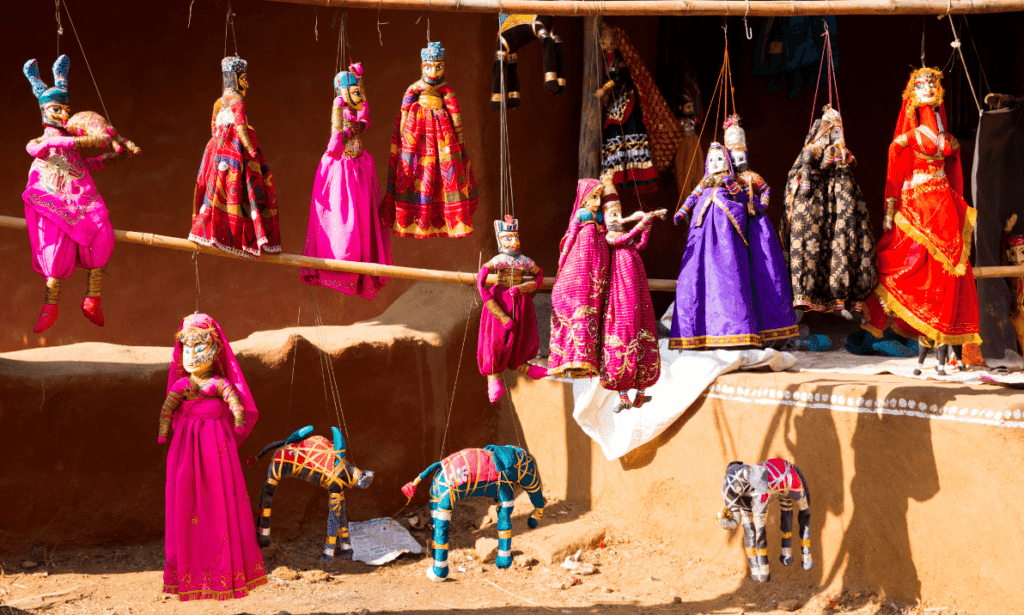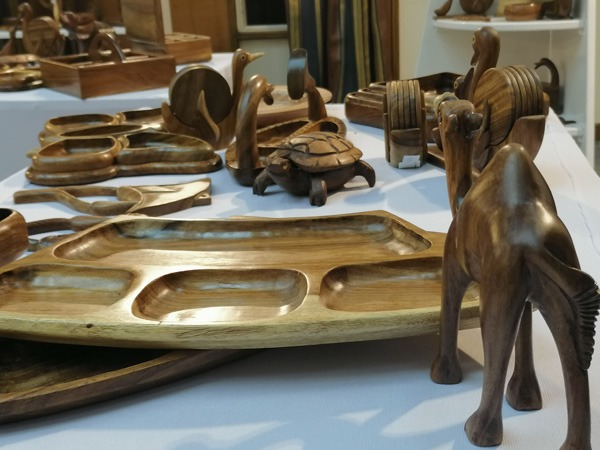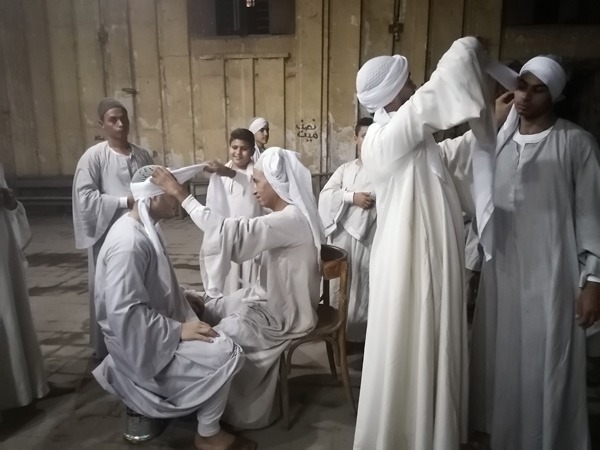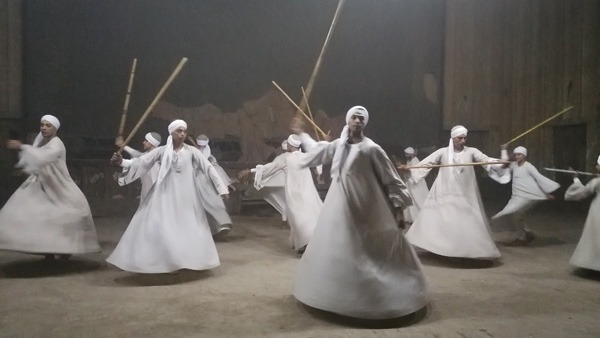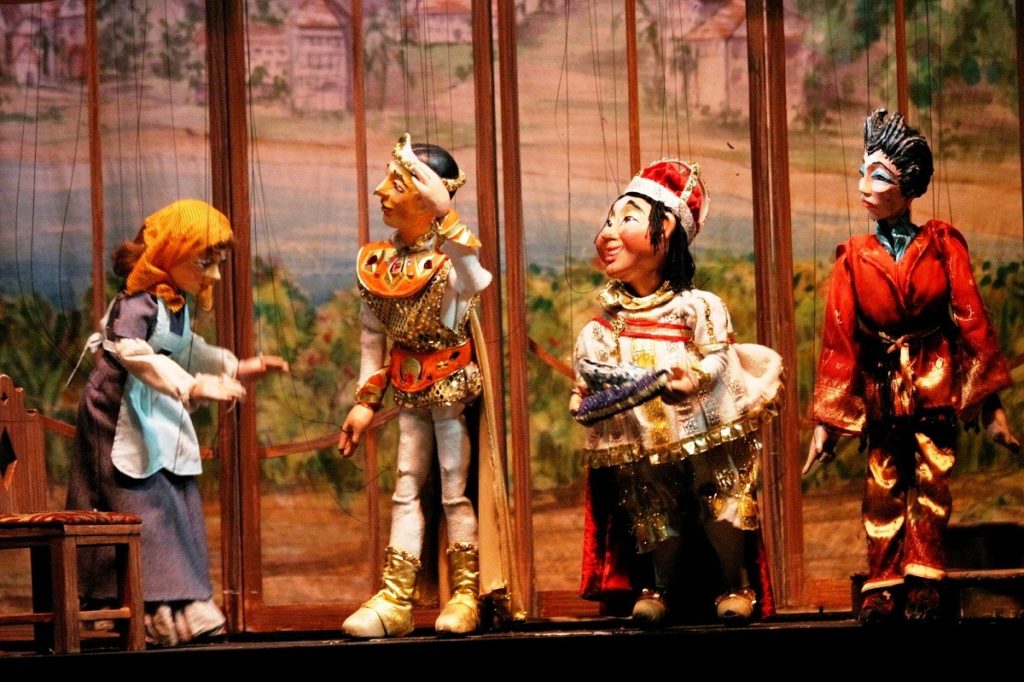Egypt’s intangible heritage is something that needs to be treasured, respected, and protected. According to Nahla Emam, the intangible heritage expert, “Being in a country whose heritage is very much alive, with such a step we aim to change the social stigma that has affected our handicrafts since the days of colonization.” Egypt’s traditional, and sometimes ancient, handicrafts deserve much more appreciation than they’re getting, so let’s shed some light on them.
Akhim & Hegaza in Cairo with their colorful talents
When the culture’s origin is presented on one canvas! Akhmim in Sohag is reputed for its colourful textile and needle work, while Hegaza in Qena is known nationwide for its woodwork. These textiles and woodwork are a beautiful example of Egypt’s authenticity and heritage.
Egyptian Garagous pottery
Every year Garagous village in Qena presents its unique pottery that twirls between shades of blue and green. Their pottery reflects many cultural eras and Egyptian design. While not officially on the UNESCO list for Intangible Heritage, Egyptian pottery has been nominated and is most definitely a craft worth protecting. Garagous Pottery represents different culture eras from islamic and coptic heritage to fish that represents blessings and pigeon that represents peace. Currently, the Handicraft Industry Chamber has trained 25 young people to learn the authentic art of Garagous pottery.
Al-Sirah Al-Hilaleya
Al-Sirah Al-Hilaleya, or the Epic of Hilaleya, is an ancient oral poem that tells that tale of the Hilal tribe’s migration from Arabia to North Africa. Aziza & Younis is the 2nd installment of folk love stories, and is one of the best-known poems in Al-Sira Al-Hilaliya; Aziza falls in love with Younis when she learns about his exceptional beauty from a his former female slave. This story of seduction is reminiscent of the Quranic tale of Joseph with the wife of the Egyptian governor, which explains its added popularity. Sadly, the number of people who still perform are dwindling, making it more important than ever to preserve.
Tahteeb
This type of stick fighting takes you back to ancient Egypt; it’s a dance between two male opponents that resembles the concept of fencing, but is accompanied by authentic folk music and drum beats. Tahteeb is still practiced today in the South (El Saeed), but is also an artform that is steadily disappearing.
The Aragouz Puppet
Nabil Bahgat, Professor of Theater at Helwan University and founder of Wamda, has a mission to revive the folk art of puppetry, or aragouz in Arabic. Bahgat noticed that we live a certain lifestyle while television portrays a totally different vision, one far less believable, and it might be time to go back to our roots.
Date Palm
The main motto here is to transform agricultural waste into something useful. Why specifically palm trees? Thinking about it the idea of recycling is not that spread in rural areas or villages it only became word of mouth after it hit modernity. Nowadays, it’s one of the main things people think about it. The Date palm, knowledge, skills, traditions and practices have played a central role in strengthening the connection between people and the land in the Arab region, helping them face the challenges of the harsh desert environment.



